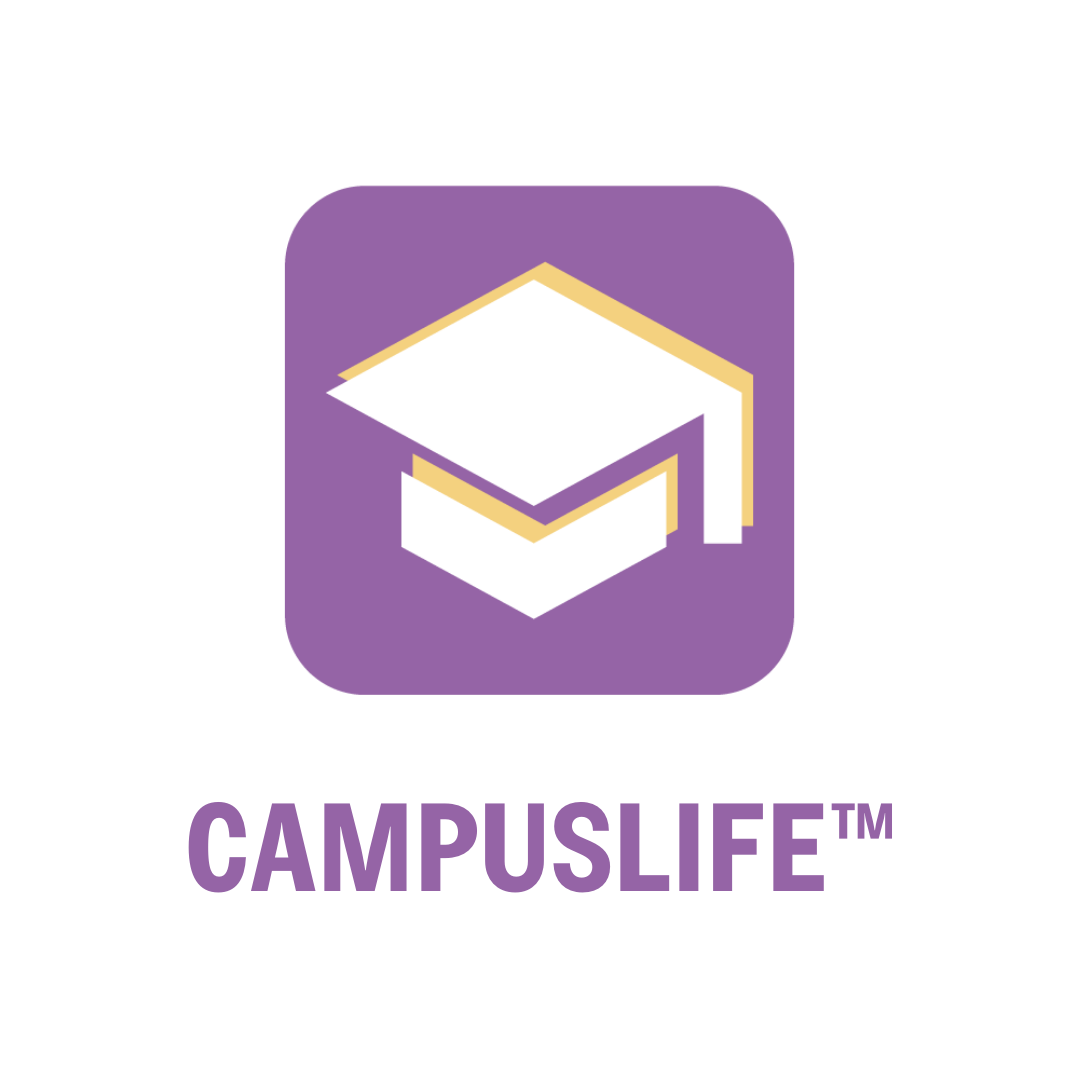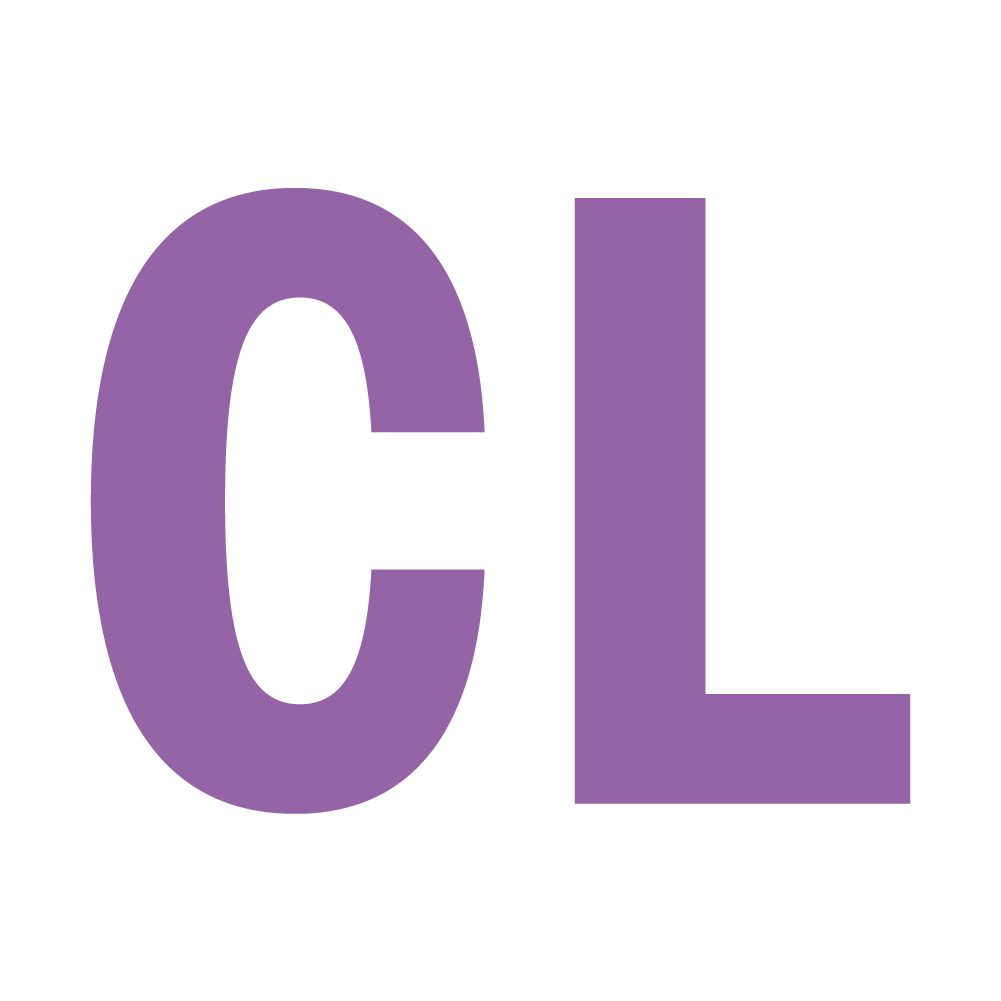How to find your learning style
Written by Eliza Wright
This article was originally published on LinkedIn
Ever felt like you just don’t know how to study? Or are you struggling to organise your lecture notes in a meaningful way? Maybe you’ve tried someone else’s revision method and it’s not quite right for you? Don’t become disheartened, chances are your personal learning style has a massive role to play.
Scientifically speaking, a learning style is your mind's preferred way to absorb, process, understand and retain new information. These learning styles depend on a multitude of factors including cognitive, emotional, and environmental influences. In short, your personal learning style is the way your brain best makes sense of a task, whether it be seeing someone else complete it, doing it yourself, listening to instructions, or writing them down - everyone will grasp the concept through different means.
Therefore, understanding your learning style is important as it allows you to learn in a way that makes sense to you and your brain. In this post, I’ll take you through the four core learning styles and how you can accommodate for your preferred approach.
Image by magnet.me on UnsplashVisual
A visual learning style means you learn best by seeing and looking. You likely create mind maps and diagrams to make sense of your task at hand. You likely find it easy to picture the topic you are learning in your head and find yourself closing your eyes to remember something.
How can I learn best?
Create Mind maps to link each section of a topic to each other as well as the main idea
Create flashcards with colours and images ensuring to test yourself regularly
Tip: During exam time you can place your diagrams and charts around your home including your bathroom to look at when you brush your teeth or in the kitchen when you’re making breakfast, lunch, or dinner!
Auditory
An auditory learning style means you learn through listening and hearing. In contrast to a visual learning style, you prefer to engage in discussions with others. You find yourself comprehending spoken instructions rather than written ones and may even read out loud to yourself to enhance your understanding.
How can I learn best?
Find or create a study group with others where you can discuss and debate topics
Make flash cards and ask friends or family to test your knowledge by reading you the question and responding out loud – you can pretend you’re on Millionaire Hot Seat!
Utilise mnemonic devices such as rhymes, acronyms and songs
Study in areas where you can read notes or books aloud rather than a silent library
Tip: if you have a presentation or important essay coming up, record yourself practicing and listen to it once or twice a while on your way to uni, work or before you go to bed.
Reading and Writing
A reading and writing learning style involves learning through words in text form. You find worksheets, list making and note taking efficient ways of comprehending areas of study.
How can I learn best?
Add extra personal notes to the margins of your revision material
Using the look, cover, write, check method of learning
Rewriting your notes or making a revision guide to revise for exams
Tip: reading related materials such as novels, research papers and biographies is a great way to help consolidate your knowledge. This may even allow you to pick up extra information not covered in the recommended readings and create stronger text to self-connections. This is a fantastic way to set yourself apart from other students.
Kinaesthetic
Also known as tactile learning, this learning style prioritises touching and doing. You find it easier to remember things that were done but may struggle to remember what you saw or heard in the process. When it comes to encouragement there’s nothing quite like a pat on the back!
How can I learn best?
Create models and tactile representations of your topics
Where possible visit locations such as libraries and museums related to your topic
Correlate physical movement with areas of study like a thumbs up for one topic and a high five for another
Engage in role plays with others re-enacting topics from scientific labs to marketing meetings with mock CEOs and Interns!
Here is a fantastic TedTalk about creating brain to body connections when learning:
It is also worth mentioning that you may find yourself being a combination of a few of these learning styles so remember that trying a few different techniques will help you find your groove.
What learning style are you? What are your favourite studying tips and tricks for your personal style?



